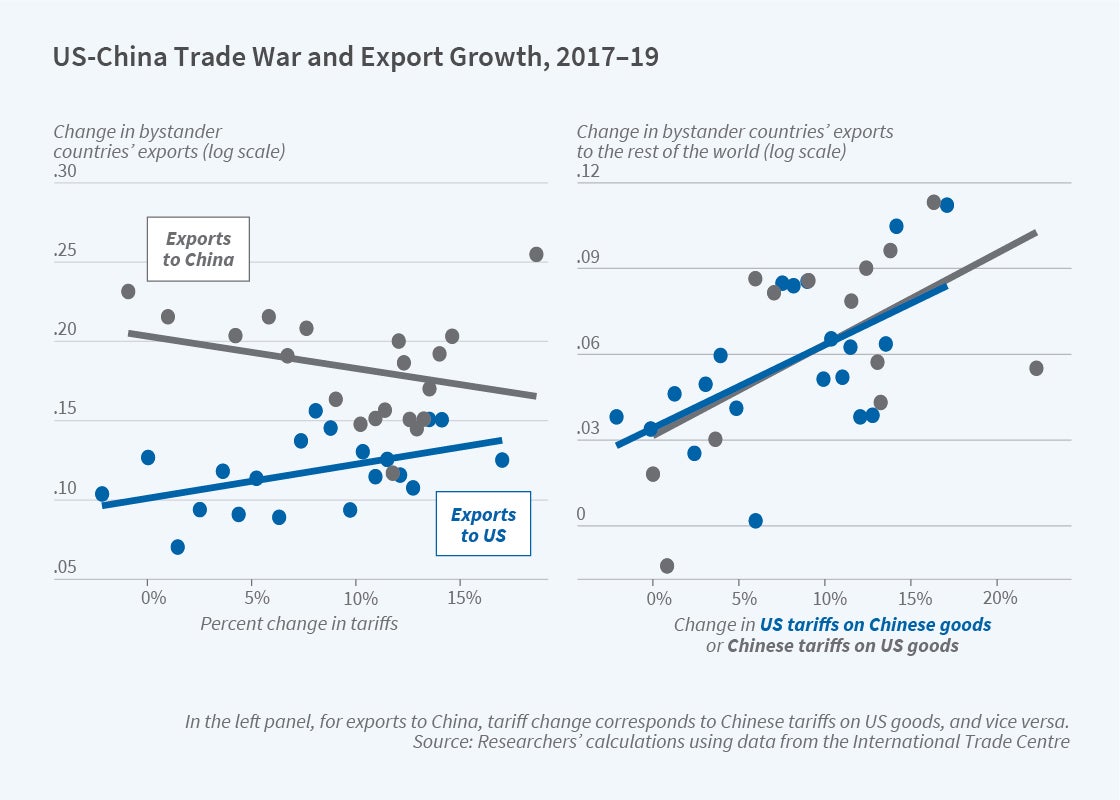How Tariffs Affect the Life Sciences Industry: Economic and Operational Implications

**How Tariffs Affect the Life Sciences Industry: Economic and Operational Implications**
The life sciences industry—encompassing pharmaceuticals, biotechnology, medical devices, and diagnostics—plays a critical role in global health and economic development. However, this sector is not immune to the effects of international trade policies, particularly tariffs. As governments around the world impose or adjust tariffs on imported and exported goods, the life sciences industry faces a complex array of economic and operational challenges. This article explores how tariffs impact the life sciences sector, examining both direct and indirect consequences on costs, supply chains, innovation, and global competitiveness.
—
### Understanding Tariffs in Context
Tariffs are taxes imposed by a government on imported goods. They are often used to protect domestic industries, retaliate against unfair trade practices, or generate revenue. In the context of life sciences, tariffs can apply to a wide range of products, including:
– Raw materials and active pharmaceutical ingredients (APIs)
– Laboratory equipment and scientific instruments
– Finished pharmaceutical products
– Medical devices and components
– Packaging materials
While some countries exempt essential medical goods from tariffs, others include them in broader trade disputes, as seen during the U.S.-China trade war and more recently during the COVID-19 pandemic.
—
### Economic Implications
#### 1. **Increased Costs and Price Pressures**
Tariffs raise the cost of imported goods, which can significantly affect companies that rely on global supply chains. For example, if a U.S.-based pharmaceutical company imports APIs from China and those imports are subject to a 25% tariff, the company must either absorb the increased cost or pass it on to consumers, potentially raising drug prices.
#### 2. **Reduced Profit Margins**
Life sciences companies often operate on tight margins, especially in the generic drug and medical device sectors. Tariffs can erode profitability, particularly for small and mid-sized enterprises (SMEs) that lack the financial flexibility to absorb additional costs or reconfigure supply chains quickly.
#### 3. **Impact on R&D Investment**
Higher operational costs due to tariffs may lead companies to divert funds away from research and development (R&D). This can slow innovation, delay the introduction of new therapies, and reduce competitiveness in the global market.
—
### Operational Implications
#### 1. **Supply Chain Disruptions**
The life sciences industry depends on complex, international supply chains. Tariffs can disrupt these networks by making certain suppliers less economically viable or by prompting companies to shift sourcing to alternative countries. This reconfiguration can lead to delays, quality control issues, and increased logistical complexity.
#### 2. **Regulatory and Compliance Challenges**
Switching suppliers or manufacturing locations in response to tariffs often requires regulatory re-approval, particularly for pharmaceutical products. This can be a time-consuming and costly process, delaying product availability and complicating compliance with agencies like the FDA or EMA.
#### 3. **Inventory and Stockpiling Strategies**
To mitigate tariff impacts, some companies may increase inventory levels or stockpile critical components. While this can provide short-term relief, it also ties up capital and increases warehousing costs, which may not be sustainable in the long term.
—
### Global Competitiveness and Strategic Shifts
Tariffs can influence where companies choose to invest in manufacturing and R&D. For instance, a company facing high tariffs on imports from a particular country may decide to establish local production facilities to avoid those costs. While this can create jobs and stimulate local economies, it also requires significant capital investment and long-term planning.
Additionally, countries that maintain low or zero tariffs on life sciences products may become more attractive hubs for global operations, potentially shifting the balance of innovation and production.
—
### Case Studies and Real-World Examples
– **U.S.-China Trade War**: During the trade tensions between the U.S. and China, tariffs were imposed on a range of medical goods, including imaging equipment and diagnostic reagents. This led to increased costs for U.S. hospitals and delayed procurement of critical supplies.
– **COVID-19 Pandemic**: In response to the global health crisis, several countries temporarily lifted tariffs on personal protective equipment (PPE) and medical devices to facilitate access. This highlighted the need for flexible trade policies in times of emergency.
—
### Policy Considerations and Industry Response
To mitigate the negative effects of tariffs, industry stakeholders and policymakers can consider several strategies:
– **Negotiating Trade Agreements**: Bilateral and multilateral trade agreements can help reduce or eliminate tariffs on essential life sciences products.
– **Tariff Exemptions for Critical Goods**: Governments can implement exemptions for products deemed vital for public health.
– **Investment in Domestic Manufacturing**: Encouraging local production of APIs and medical devices can reduce reliance on imports, though it requires time and investment.
– **Public-Private Collaboration**: Industry associations can work with governments to assess the impact of tariffs and advocate for policies that support innovation and access to healthcare.
—
###